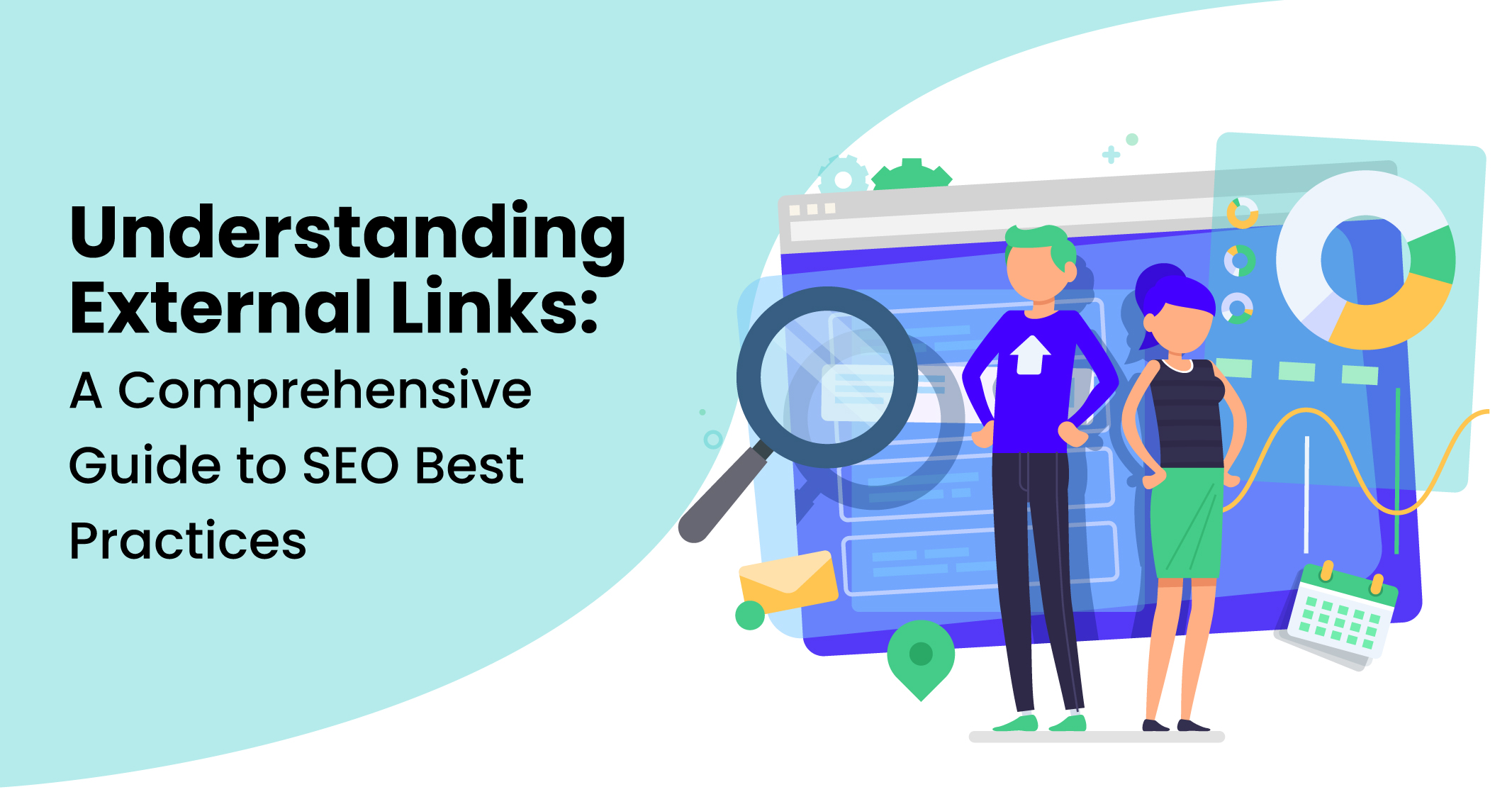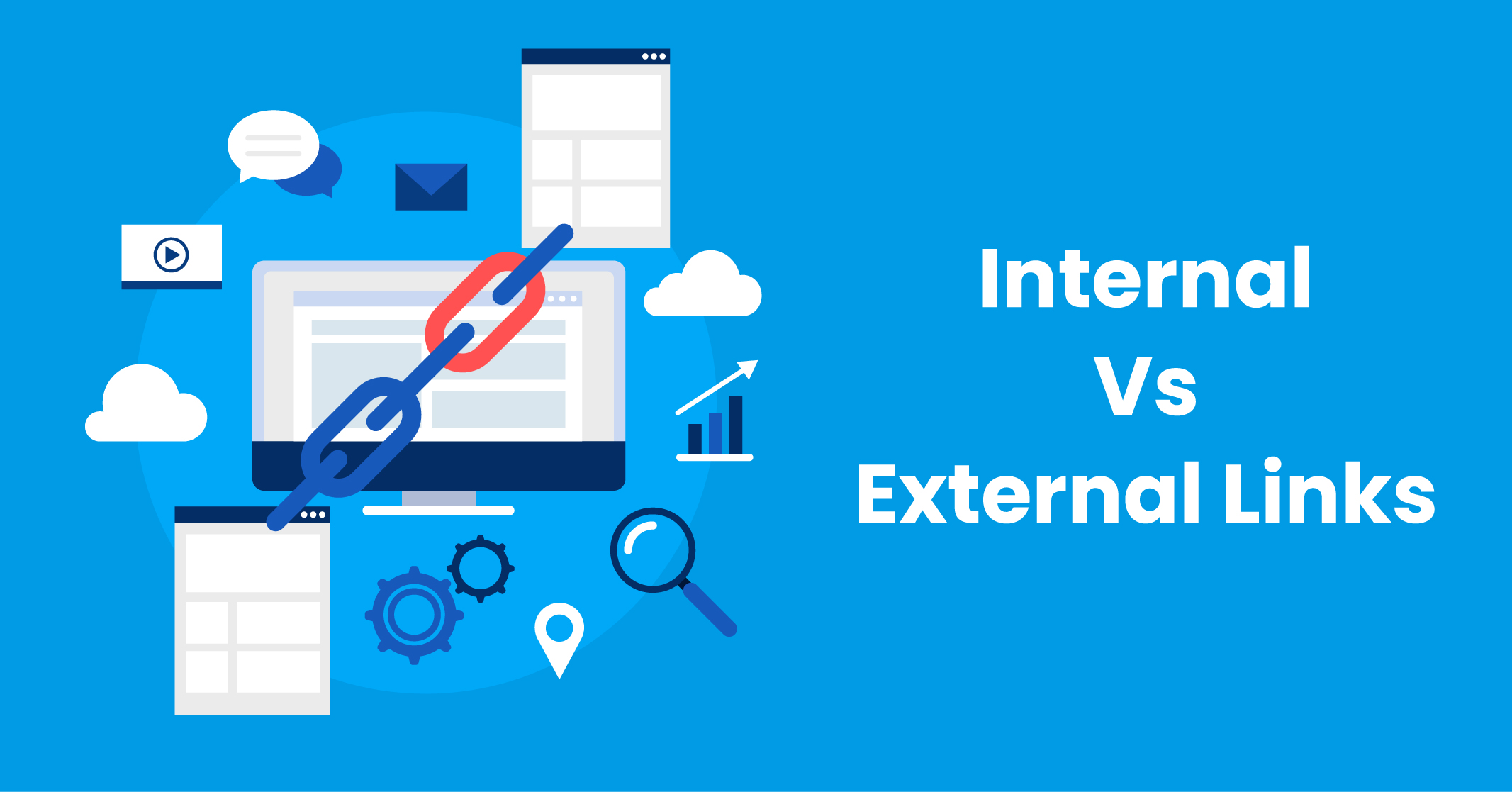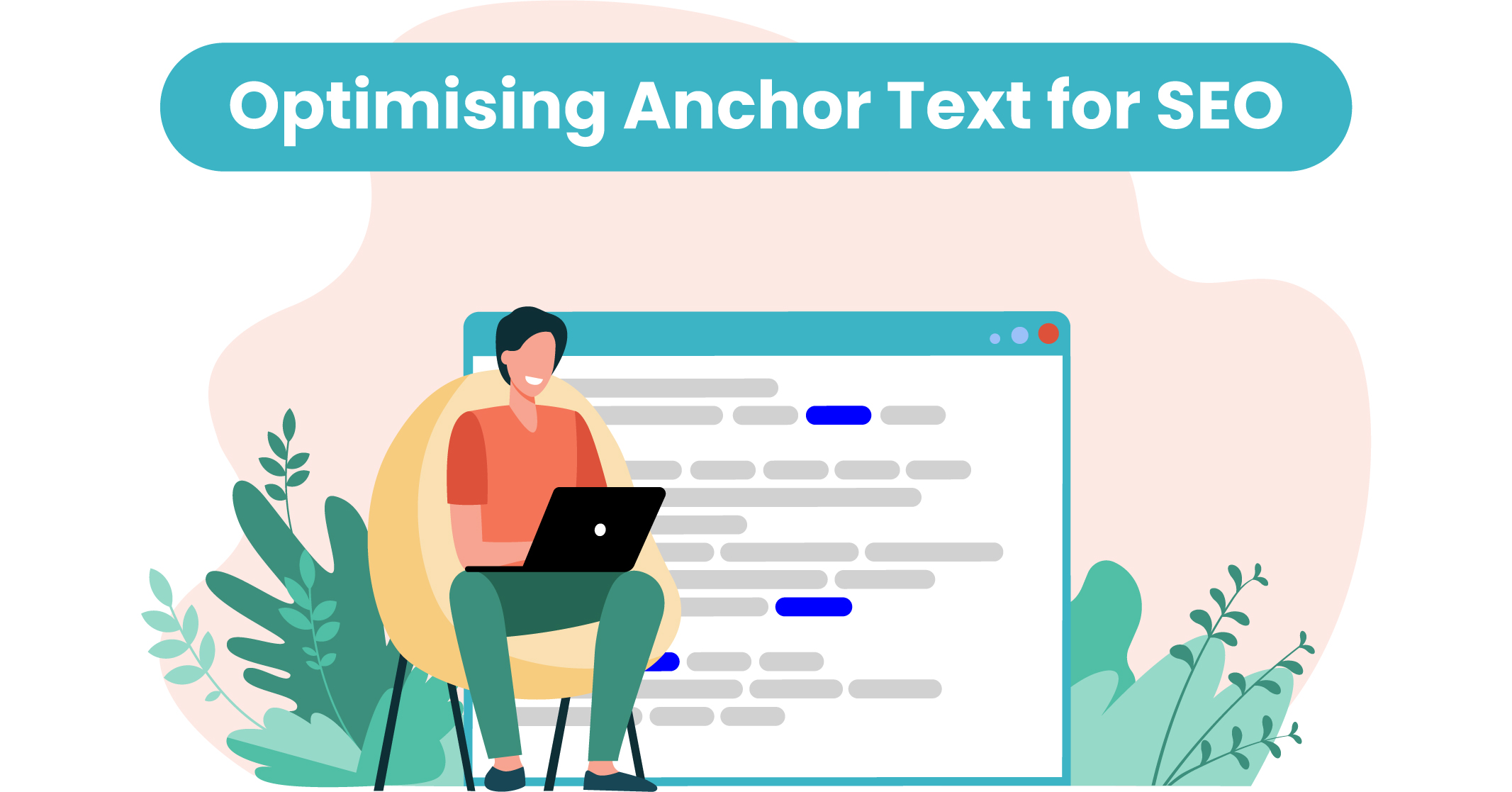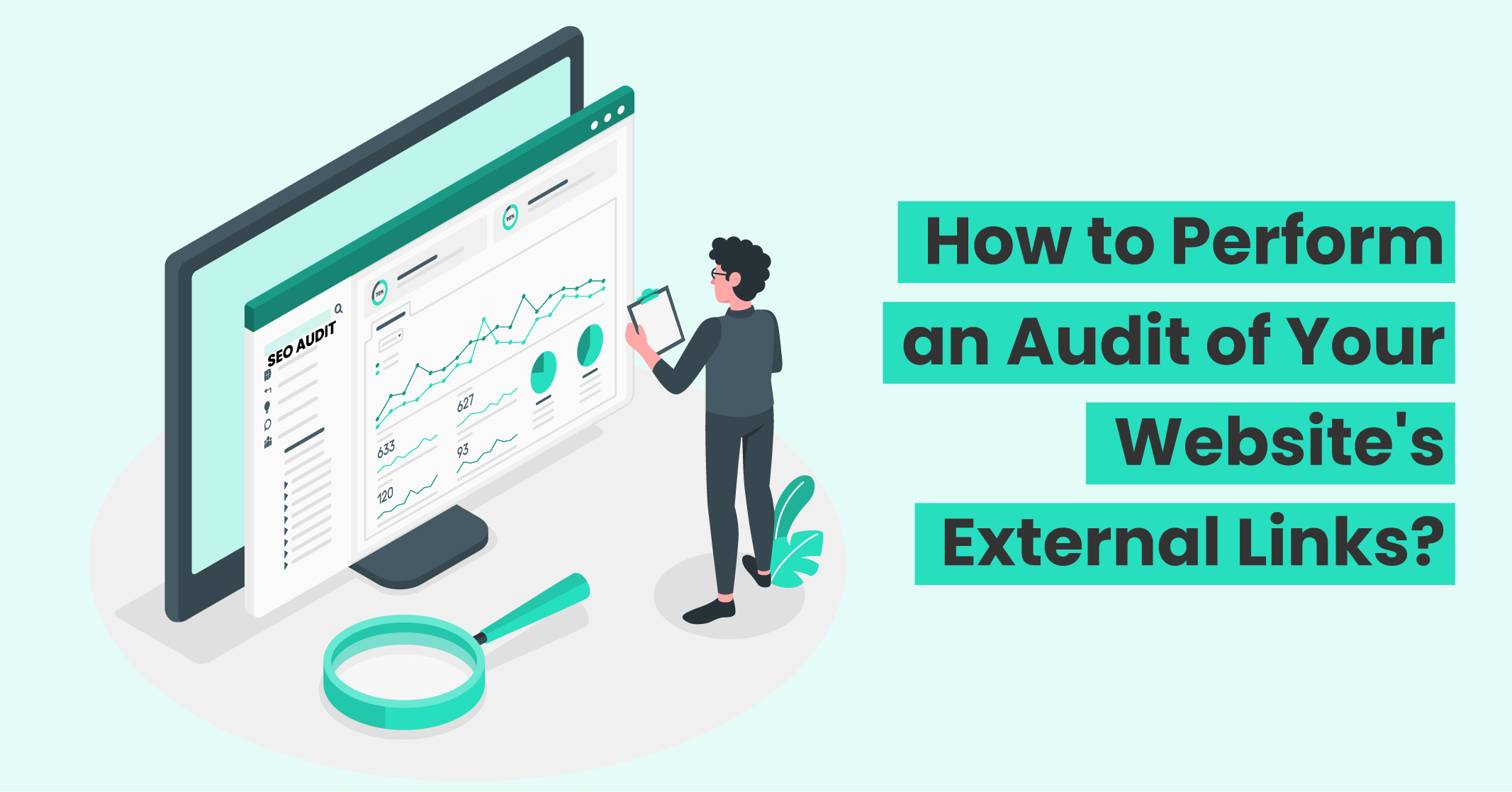I hope you enjoy reading this blog post.
If you want to get more traffic, Contact Us

Click Here - Free 30-Minute Strategy Session
Be quick! FREE spots are almost gone for this Month. Free Quote

Exploring the Concept of External Links
An external link is a connection between two domains. It involves a link on one website that directs users to another website. External links serve as important connectors between different web pages and websites, facilitating user navigation across various online resources.

Click Here – Free 30-Minute Strategy Session
Be quick! FREE spots are almost gone for this Month
In terms of SEO, external links have the potential to influence search engine rankings and website credibility, as search engines view them as indicators of trustworthiness and relevance.
Importance of External Links:
What To Do?
To assess the number of external links pointing to your site, you can use Backlink Analytics, which provides a convenient method for obtaining this information.
Benefits of External Links:
Learn More: No Follow Links Vs Follow Links – A Comparative Study

In contrast to external links, internal links are hyperlinks that direct users to other pages within the same website.
Here is an example of an internal link from our blog, featuring the anchor text “robots.txt”:
Example of internal link with anchor text “robots.txt” from Semrush blog
It is essential to use both types of links to optimise your SEO.
Benefits of using external links include:
Benefits of using internal links include:
Learn More: Internal Links SEO – 12 Pro Tips
In terms of SEO, incorporating external links for SEO on your website can have significant advantages in two key aspects:
Types Of External Links SEO:
Various types of external links in SEO can contribute to enhancing the visibility of a website and its rankings on search engines. Below are some common categories:
Learn More: Why Guest Posting is More Than Just an SEO Tactic?

Nofollow external links refer to hyperlinks that instruct Google not to transfer any ranking signals to the linked page.
In simple terms, when you use nofollow links, you are not providing an endorsement to the page you are linking to.
To add the nofollow attribute to an external hyperlink, you can include rel=”nofollow” within the HTML code.
For instance:
<a href=”https://example.com” rel=”nofollow”>Example</a>
On the other hand, “follow” external links are hyperlinks that automatically inform Google to pass ranking signals to the linked page. No additional attribute is required to designate an external link as “follow” since it is the default option.
Here’s an external links example:
<a href=”https://example.com”>Example</a>
Now, why would you choose to use nofollow instead of following external links?
There are specific scenarios in which utilising the nofollow attribute can significantly impact your SEO.
You should employ the nofollow attribute when you do not wish to endorse or associate your site with the linked page. For instance, you may want to provide a link to a competitor’s page for contextual purposes, but without transferring any authority.
Alternatively, you might want to flag a link as being sponsored or affiliated.
It’s important to note that Google treats the nofollow attribute as a suggestion rather than a strict directive.

Ensure that your external links add value to your content and provide meaningful information to your readers. Opt for external links that support your main points, offer context, and relate to your content. This can include linking to statistics, research studies, infographics or videos that validate your claims or provide additional insights.
External Links Example:
An example sentence linking to a relevant source with anchor text: “According to a recent study, only 19% of employees report receiving this ideal onboarding.”
For example:
An example sentence linking to an authoritative source with anchor text: “Learn more about content entrepreneurship from reputable industry sources.”
If you need to include links to websites you do not fully trust, consider using the nofollow attribute to indicate that these links should not pass ranking signals.
Remember, maintaining the credibility and relevance of SEO links to external sites are essential for effective SEO practices.
Learn More: The Zen Way of Creating High Quality Backlinks

Anchor text refers to the clickable text that represents a hyperlink. It plays a crucial role in helping users and search engines understand the content of the linked external site or page, ultimately enhancing the user experience and influencing search engine rankings. Therefore, optimising anchor text is of utmost importance for effective SEO.
Here are some SEO tips for your anchor text:
For example, in the image below, the anchor text “disavow file” clearly communicates to readers and search engines that the following page is about the topic of “disavow file.”
However, using generic anchor text like “here” lacks clarity and fails to provide any context.
What To Do?
Learn More: Anchor Text and Best Practices
Link schemes involve deceptive practices aimed at manipulating Google rankings using links. Engaging in such activities is against Google’s spam policies and can result in penalties for your website.
These penalties can lead to a drop in your site’s rankings or even exclusion from search results entirely.
Common link scheme activities include:
Additionally, it’s important to note that sponsored or affiliate links should include the rel=”sponsored” or rel=”nofollow” attributes. These attributes indicate to Google that the links are not intended to influence rankings.
Remember to regularly audit your site’s external links to ensure they comply with SEO best practices and avoid any involvement in link schemes.

If you are planning to conduct an audit of your website’s external links, start by:
creating a comprehensive inventory of all the external links on your website.
What To Do?
Once you have the list of external links, evaluate their relevance and quality. Consider whether the linked websites are reputable, trustworthy, and aligned with your content.
What To Do?
Check the status of each external link to ensure they are active and accessible. Be on the lookout for broken links (resulting in 404 errors) and redirect links (using 301 or 302 redirects).
What To Do?
Analyse the anchor text used for your external links. Ensure that it accurately describes the content being linked and provides appropriate context.
What To Do?
Validate whether any sponsored or affiliate links have the required link attributes, such as rel=” sponsored” or rel=”nofollow.” These attributes inform search engines that the links are not intended to manipulate rankings.
What To Do?
Evaluate the backlink profile of your website by examining the external links originating from other domains. Look out for any toxic or spammy links that could potentially harm your SEO efforts.
What To Do?
Perform periodic audits to keep your external links up to date. As your website evolves, you may add, remove, or modify pages, resulting in changes to external links.
What To Do?
By conducting a comprehensive audit of your website’s external links, you can enhance their quality, relevance and compliance. This, in turn, will contribute to improved SEO performance and a more favourable user experience.

LEAVE A REPLY